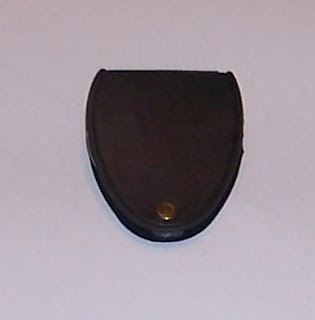Fireplaces are great as an alternate heat source but require a lot of wood and you may want to consider using a hydraulic log splitter to ease that burden. You could also use it to create an alternate source of income. When you are purchasing a hydraulic log splitter, you must keep in mind the following considerations: service, loading, horsepower, the capacity in tons, and the maintenance requirements.
A hydraulic log splitter is a good investment for those who own a fireplace and need to cut wood in large quantities. They are especially useful to those who may want to operate a business cutting wood to make extra money. If you have such a business, then you are quite familiar with the long hours of back-breaking work involved. A hydraulic log splitter can do everything you need in a smaller amount of time and save you a great deal of labor in the process. These powerful machines not only chop and split firewood, but they can also be used to prepare pieces of wood for other types of wood-working projects that could generate additional income for you.
Considerations for Choosing a Hydraulic Log Splitter
1.) Service
Your first priority in selecting a hydraulic log splitter is to understand how it would be of service to you. Select a high-end model if you will be using the splitter to split logs that will be used for commercial building projects. If you need to chop firewood, a cheaper model is a better option for you and will save you money. Don’t be fooled by fancy extras on certain models, especially when they don’t suit your needs.
2.) Loading
Another consideration when using a hydraulic log splitter is how the logs are loaded. There are two ways to do this, either horizontally or vertically. When you do your work on a sloped terrain, a log splitter that loads horizontally will be the better choice for you. This type also ensures your safety and makes it easier to operate.
3.) Horsepower
One of the things you’ll need to know is the rated horsepower capacity of the splitter. If it will be used for chopping and splitting wood, you can settle on one with about five to eight horsepower. If you need to use this for commercial or business purposes, you will probably need to purchase one with a larger horsepower capacity and a much stronger engine. This is mainly for safety purposes. Overusing a weak log splitter with a heavy load can create unsafe working conditions, cause damage to the machine and may also overheat or burn up the engine.
4.) Capacity in Tons
The capacity in tons of your log splitter should also be part of your consideration. A hydraulic log splitter’s ton capacity is generally in the range of one to twenty-five tons of splitting power. One to five ton capacity is capable of splitting logs and wood to be used in a fireplace. One that ranges from five to twenty-five ton capacity or higher is better suited for professional or business use.
5.) Maintenance Requirements
Before making your purchase, inquire about the maintenance requirements of the hydraulic log splitter. It is advisable to purchase one that is self-lubricating and can maintain itself without too much time and effort on your part. Otherwise, you’ll have to deal with constant sharpening of the blades because regular usage makes them dull rapidly.
Always remember to follow the manufacturer’s safety precautions in handling and using your log splitter. You should also learn from a professional operator or one who has experience with this machine before handling one yourself. It also won’t hurt to do a little extra research about hydraulic log splitters in order to have as much information about their use as possible.
Staying above the water line!
Riverwalker
 What little spare time that's left over while working a full-time job and two part-time jobs has just been used up. We had a recent Central Texas thunder boomer and the high winds ripped up the roof on my garage. The repairs have been started but are sure eating up my free time. My posts may be sporadic for a while due to having to make some necessary repairs. There goes a big chunk of my emergency fund!
What little spare time that's left over while working a full-time job and two part-time jobs has just been used up. We had a recent Central Texas thunder boomer and the high winds ripped up the roof on my garage. The repairs have been started but are sure eating up my free time. My posts may be sporadic for a while due to having to make some necessary repairs. There goes a big chunk of my emergency fund! We had some of the normal tree damage also that comes along with the stormy weather and now it's time to drag out the chainsaw and go to work.
We had some of the normal tree damage also that comes along with the stormy weather and now it's time to drag out the chainsaw and go to work. Got a big limb touching the ground also that will need to be removed. There was a funnel cloud sighted in my area but don't really know if that was the problem here. Probably just some straight line wind damage.
Got a big limb touching the ground also that will need to be removed. There was a funnel cloud sighted in my area but don't really know if that was the problem here. Probably just some straight line wind damage.





































































